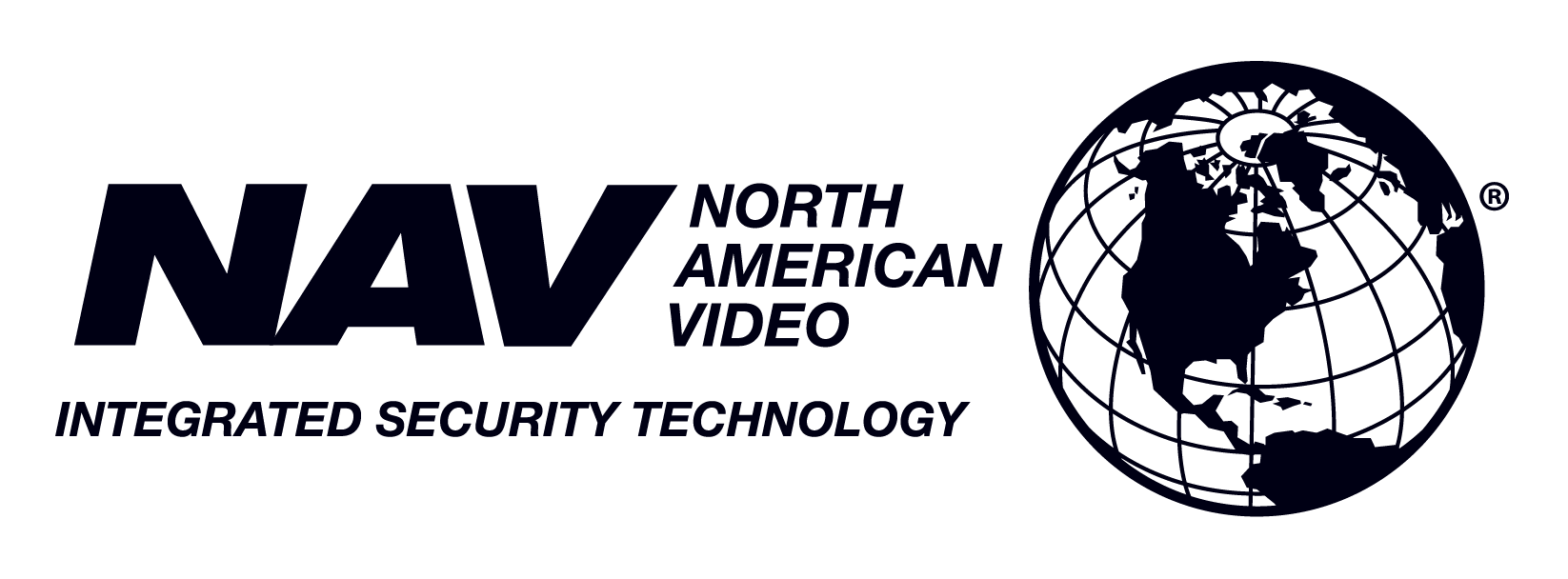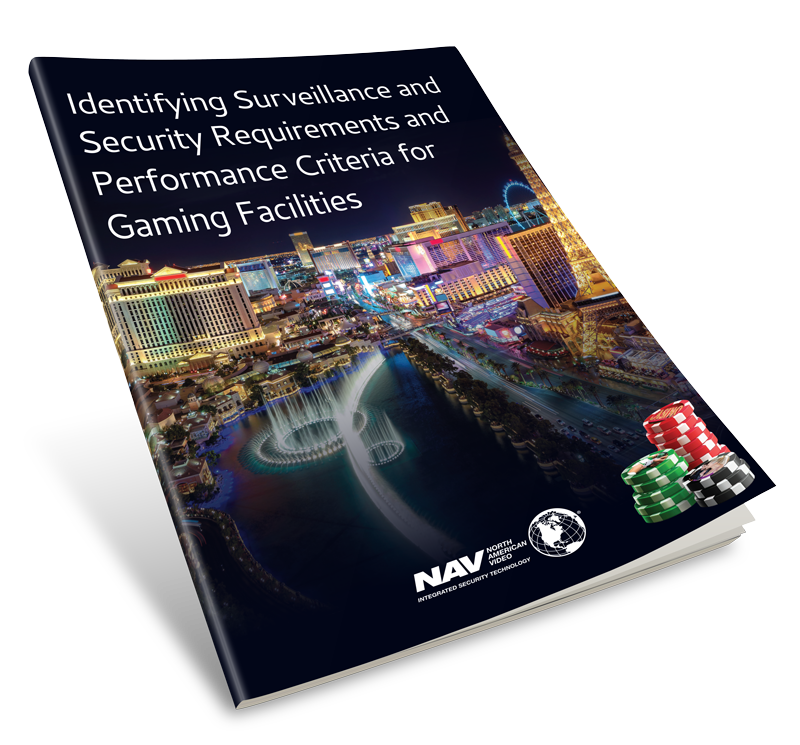According to a National Retail Federation survey, American retailers lose $46 billion annually to theft. The survey, conducted annually by the National Retail Federation (NRF) trade group, found that the average inventory shrink rate increased to 1.33% in 2018. That figure — which measures missing inventory — includes items that go missing because of shoplifting, theft by employees, administrative errors, vendor fraud and other unknown losses.
Shoplifting and organized retail crime were the most frequent causes, accounting for 36 percent of losses, followed by internal employee theft (33 percent), administrative paperwork errors (19 percent) and vendor fraud or mistake (6 percent). The most substantial losses per incident came from retail robberies, at an average $4,237.02 each, followed by employee theft at $1,203.16 and shoplifting/ORC at $559.
Despite advances in retail security, internal and employee theft, as evidenced by the NRF report, is one of the largest sources of losses for retailers who have Point-of-Sale systems.
Internal theft at the point-of-sale can take many forms, including granting returns when there is no item returned, or no customer present, to transfer money from the cash counter to a friend or oneself. Unauthorized discounts given to customers, family or friends – known as “sweet-hearting” – is another way, as is a “no-sale,” which occurs when the cash counter is opened but no transaction is registered. Another point-of-sale theft is done with “voids” – when a cashier voids a sold item without the customer’s knowledge, and then pockets the cash. In addition, most POS systems have the reprint check function enabled for many reasons, but this is a known vulnerability with the system, as cashiers could use the reprint check feature to steal cash when there is a duplicate transaction.
Download our whitepaper to discover the best tools to secure your casino.
One way to reduce theft at the POS is by integrating the casino’s video surveillance and video management software with the POS system. This solution provides a video record of each transaction or movement that a cashier makes. It can be used to identify the person presenting and using a credit card, an employee who doesn’t charge or undercharges for items, and any direct theft of money from the cash drawer.
Video software can track alerts that can be set for high dollar amount withdrawals, high value deposits and card swipes made without a transaction. Rule-defined alerts and real-time charting can alert management of possible fraud. The archived video can be searched by keyword, date, time, dollar amount and more. Overall, all sales and transactions can be viewed, searched, and used as evidence, and disputes can be quickly resolved.
Beyond internal and employee theft, point-of-sale systems that are integrated with video can also enable retail managers to identify common mistakes or misunderstandings that can be corrected with additional training. It can also help a manager ensure that a new employee is providing quality customer service and that a checkout area is properly staffed during busy times of the day. The archived video is always available to bring clarity to any questionable transaction or situation.
Point-of-sale surveillance is a crucial component to a casino’s loss prevention efforts. For retail stores, restaurants, and bars within a gaming facility, the addition of a POS surveillance solution will provide detection and prevention of cash register theft and fraud.





